The Future and Finances
I am a high school senior applying to college. Initially, it was overwhelming and stressful. I assumed every college required ACT or SAT test scores. I assumed I would need a big resume of summer jobs and internships. I assumed it would be impossible to get into a school that I love, and have to settle for any place that would take me. Eric Davis helped me through the process of college research and application over the summer. He made me realize that all of my assumptions were wrong. He told me not to worry and said, “There is a school for everyone, Simas.”
My dream is to attend a school with a nationally ranked Game Design or Animation program. At first, my parents were encouraging me to look into Product Design or Industrial Design schools. Their rationale was that it would incorporate my love of creating/drawing with my love of science/problem-solving. Seemed like a good idea... but I never really got excited about it.
During the pandemic, I have spent a lot of time playing video games, watching anime, and drawing. My artwork has mostly been centered around character design and storytelling. I realized Animation and Game Design would be a more natural progression for me. My parents, who are unconditionally supportive, happily agreed with this decision and it felt awesome to have a plan. Ever since that decision was made, the college application process has been exciting! I am grateful and lucky to have landed on programs I am passionate about.
Another factor that influenced my decision to study Game Design and/or Animation was the salary of these professions. I researched the number of both the people and salary of both career paths. 1^For animation, the BLS (Bureau of Labor Statistics) states that there were about 73,700 multimedia artists and animators in 2016, with employment expected to reach 81,400 through 2026. With research from another source, ZipRecruiter, the average hourly pay for a job in animation in the U.S. is $38 an hour. For game design, the amount of people working in that field is 287,200 in the U.S., along with an expected growth of 9.3% between 2016 and 2026. The average hourly pay for a game designer in the U.S. is $62. If I were to work either of these fields, I would be getting pretty decent pay.
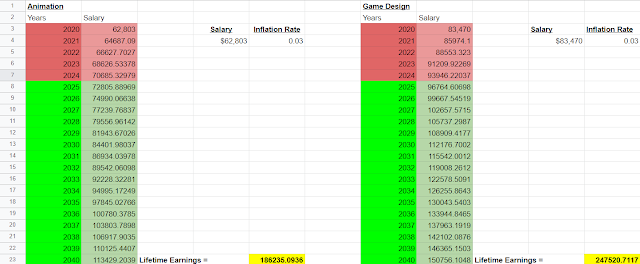
These are my calculations for my lifetime earnings in both 2^Animation and 3^Game Design over the course of the next 20 years. The first five years don’t count as lifetime earnings because I, technically, wouldn’t graduate until 2025. With their current median salary and an inflation rate of 3%, I produced a code that allowed me to track how much I earned in both fields each year from 2025 to 2040. Once all that was done, I added everything to find my total lifetime earnings in 2040.

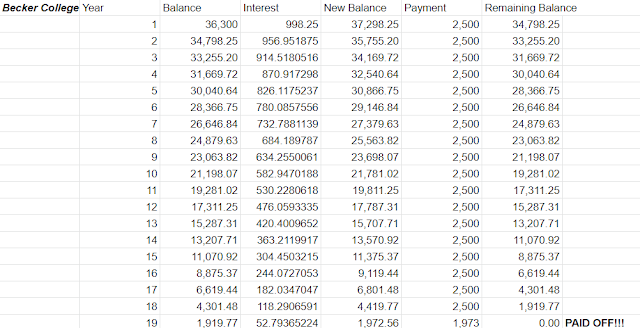
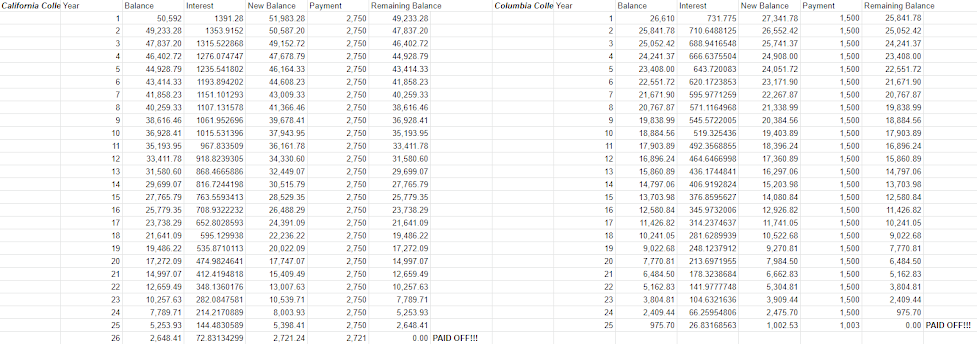
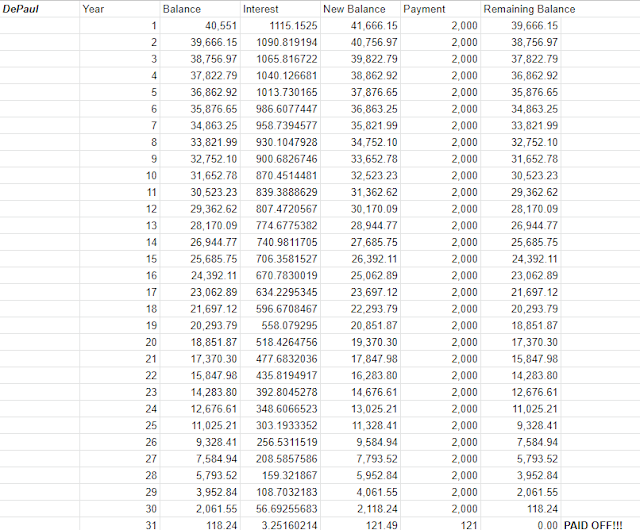
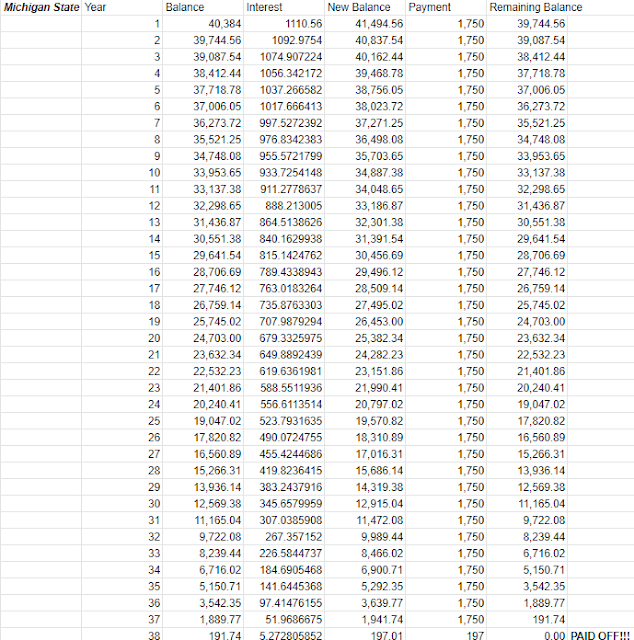



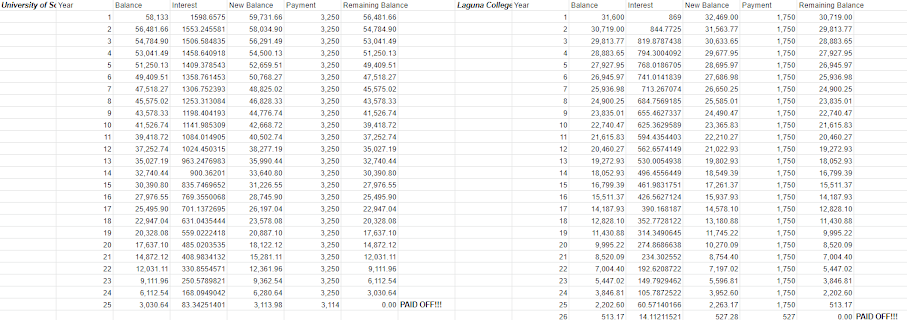

I was not expecting to uncover so much helpful information while working on this Action Project. I feel grateful this project was assigned because it will, ultimately, help me make my final decision. Full disclosure, the day this project was due I found out I was accepted to one of my top choices - Savannah College of Art and Design! It’s hard not to get excited about the future when you’ve been accepted to a dream school. However, I have 11 other schools to hear from and need to keep my emotions in check. Now, it is no longer about the choices I made, just the reason behind them. No matter what school I go to, I will pursue the carrier I am passionate for.
My dream is to attend a school with a nationally ranked Game Design or Animation program. At first, my parents were encouraging me to look into Product Design or Industrial Design schools. Their rationale was that it would incorporate my love of creating/drawing with my love of science/problem-solving. Seemed like a good idea... but I never really got excited about it.
During the pandemic, I have spent a lot of time playing video games, watching anime, and drawing. My artwork has mostly been centered around character design and storytelling. I realized Animation and Game Design would be a more natural progression for me. My parents, who are unconditionally supportive, happily agreed with this decision and it felt awesome to have a plan. Ever since that decision was made, the college application process has been exciting! I am grateful and lucky to have landed on programs I am passionate about.
Another factor that influenced my decision to study Game Design and/or Animation was the salary of these professions. I researched the number of both the people and salary of both career paths. 1^For animation, the BLS (Bureau of Labor Statistics) states that there were about 73,700 multimedia artists and animators in 2016, with employment expected to reach 81,400 through 2026. With research from another source, ZipRecruiter, the average hourly pay for a job in animation in the U.S. is $38 an hour. For game design, the amount of people working in that field is 287,200 in the U.S., along with an expected growth of 9.3% between 2016 and 2026. The average hourly pay for a game designer in the U.S. is $62. If I were to work either of these fields, I would be getting pretty decent pay.
These are my calculations for my lifetime earnings in both 2^Animation and 3^Game Design over the course of the next 20 years. The first five years don’t count as lifetime earnings because I, technically, wouldn’t graduate until 2025. With their current median salary and an inflation rate of 3%, I produced a code that allowed me to track how much I earned in both fields each year from 2025 to 2040. Once all that was done, I added everything to find my total lifetime earnings in 2040.
The BLS did not have any specific information for game design itself, so this is made from their information provided on multimedia artists and animators. The reason why I chose this one is because they do mention this applies to jobs tied with game development, so I will sort of be killing two birds with one stone given that animation is included as well. I looked up game development as well. They had nothing.
This is a supply and demand graph for Game Designers and Animators. In economics, supply and demand is the relationship between the quantity of something producers want to sell and the quantity consumers want to buy. It is how price, or salary in this case, is determined. On the x-axis, we have the cost. The cost displays the median salary for those who work in these fields. On the y-axis, we have the quantity. The quantity displays the number of people working in these fields. Next, we have the demand curve, which is the red line. The demand curve determines how much a certain amount of people will get paid in a given year. In this case, it is the year 2019. Using any quantity number on the y-axis, a line is drawn horizontally through the demand curve. Wherever it touches the demand curve, a vertical line is drawn down to the x-axis. The x-axis value is the median salary of that number of people.
To find out the current median salary for people working in these fields, we use the supply curve. The supply curve represents the correlation between the cost of a service and the quantity supplied. Here, the supply curve is the blue line. Wherever the supply curve and the demand curve meet is the point where you draw two lines - one to the x-axis, and one to the y-axis. The quantity and cost they land on are the corresponding values. These numbers do change over time, however, which causes the demand curve to shift either to the left or right, depending on the situation. In this case, the BLS states that there will be 2,800 more people working in this field over the course of ten years from 2019. I took the original quantity of people, added 2,800 to it, and put it on the y-axis. Given that the median pay will increase over that time, I took the previous number for it, added a “>”, and placed it on the x-axis. The new demand curve for 2029 is the solid black line. The horizontal and vertical black dotted lines illustrate where the curve crosses with the supply curve.
So, what next? I still had to narrow down my list of schools. My college prep tutor from C2 Education offered great advice. She recommended that I first make a list of schools with Game Design and Animation programs (obviously). Then, make a list of all the things I want and don’t want in a school. Big or small? Is it test-optional? Do I want to stay in Chicago or venture away? Do I want to attend a traditional school or art school? Can I apply through the Common App? What is the cost of tuition? Answering all of these questions gave me a starting point. Slowly, I began taking schools off the list and cut it in half. With the remaining schools, I did a deep dive into their websites - researched the degrees they offer (BA, BS, or BFA), scanned their curriculums, and checked out the student life sections. Eventually, I had my short list of colleges and began filling out applications.
All the schools I applied to have at least one of the two programs I am interested in. Here they are, with college tuition graphs included. This was done on a google spreadsheet. What it displays are the current college tuitions for the schools I applied to with interest being added to them each year, along with my yearly payments subtracting the money as well. Each of these continue to add interest and subtract money until the student loan is entirely paid off, then you get to see how many years it took to do so.
Becker College + California College of the Arts + Columbia College Chicago:
DePaul University + Michigan State University + Northeastern University:
Savannah College of Art and Design + School of the Art Institute of Chicago + The New School:
University of Southern California + Laguna College of Art and Design + Academy of Art University:
Citations
1^“Multimedia Artists and Animators : Occupational Outlook Handbook.” U.S. Bureau of Labor Statistics, U.S. Bureau of Labor Statistics, 2019, www.bls.gov/ooh/arts-and-design/multimedia-artists-and-animators.htm.
2^“Entry Level Animator Salary.” Salary.com, www.salary.com/research/salary/alternate/entry-level-animator-salary.
3^“Video Game Designer Salary.” ComputerCareers.org, www.computercareers.org/video-game-designer-salary/.
Comments
Post a Comment